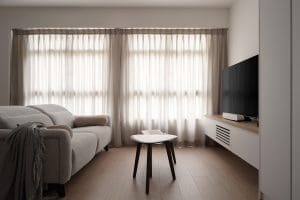Table of Contents
Toggle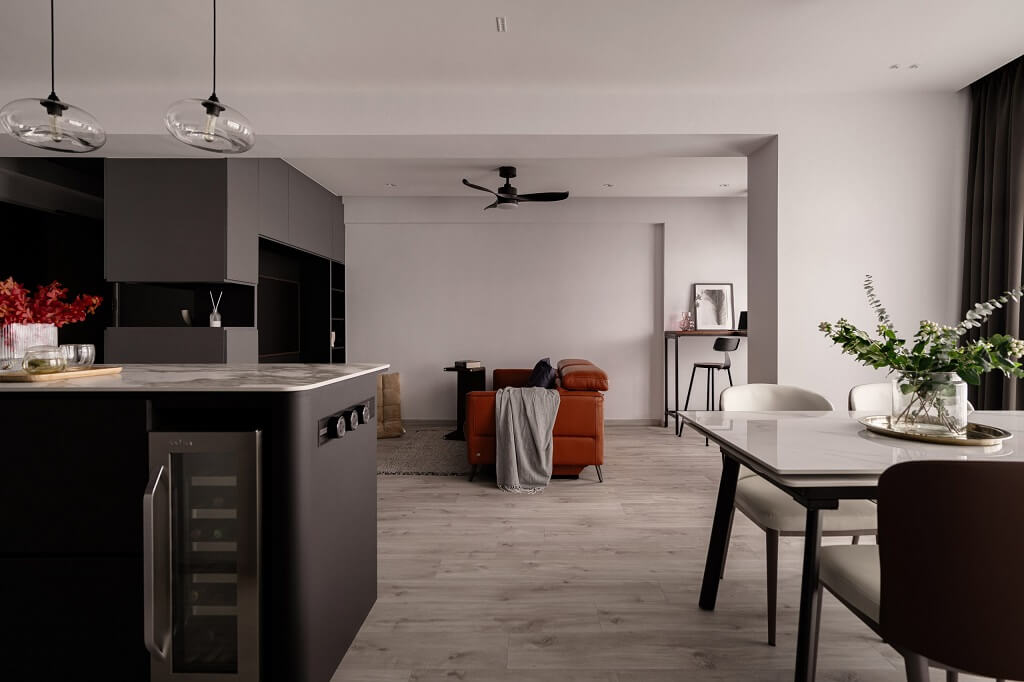
Minimum plot size and setback requirements for different types of properties in Singapore
First, let’s take a look at the minimum plot size and setback requirements for different types of properties in Singapore. These requirements vary depending on the type of property, and they can significantly affect the design and construction of your home. Here’s a table that lists the minimum plot size, minimum width and depth, site coverage, setback control, and boundary clearance for roof eaves for different types of properties:| Type | Minimum plot size (m2) | Minimum width (m) | Minimum depth (m) | Site coverage | Setback control (m) | Boundary clearance for roof eaves (m) |
| Detached (bungalow) | 400 | 10 | No control | 50% | Front: 7.5 | Front patio: 2.4, Car porch: 2.4, Side/rear: 1 |
| Good class bungalow (GCB) | 1,400 | 18.5 | 30 | 40% | Front: 7.5 | Front patio: 5.1, Car porch: 2.4, Side/rear: 1.6 |
| Semi-detached and corner terrace 1 | 200 | 8 | No control | No control | Front: 7.5 | Front patio: 2.4, Car porch: 2.4, Side/rear: 1 |
| Terrace 1 intermediate | 150 | 6 | No control | No control | Front: 7.5, Rear: 2 | Front patio: 2.4, Car porch: 2.4, Rear: 1 |
| Terrace 2 intermediate | 80 | 6 | No control | No control | Front: 1 (fixed), Rear: 2 | Front: nil, Rear: 1 |
| Corner terrace 2 | 80 | 8 | No control | No control | Front: 1 (fixed), Side: 2, Rear: 2 | Front: nil, Side/rear: 1 |
Benefits of renovating a landed property in Singapore
Renovations can significantly improve your quality of life by creating a more comfortable and functional home. For example, upgrading your kitchen can make cooking and entertaining more enjoyable, while renovating your bathroom can make your daily routine more pleasant. Renovations can also increase the value of your property, which can be especially beneficial if you plan to sell in the future. Additionally, renovations can enhance the aesthetics and style of your home, making it a more pleasant and welcoming space to live in.Factors that affect renovation costs for landed properties in Singapore
Of course, renovation costs can be a concern for many homeowners, especially if you’re on a tight budget. Here are they:- Size and complexity of the project: The larger and more complex the project, the more expensive it will be. This is because it will require more time, labor, and materials to complete.
- Materials and finishes: The cost of materials and finishes can vary widely, depending on their quality and brand. For example, marble flooring will be more expensive than vinyl flooring.
- Contractor fees: The fees charged by your contractor can also impact the overall cost of your renovation. Some contractors may charge higher fees for more complex projects, while others may offer discounts for larger projects.
- Structural changes: If your renovation requires structural changes, such as removing walls or adding new windows, it will likely be more expensive than a project that only involves cosmetic changes.
- Permits and approvals: Depending on the scope of your renovation, you may need to obtain permits and approvals from the relevant authorities. These can add additional costs to your project.
- Age and condition of the property: If your property is older or in poor condition, it may require more extensive renovations to bring it up to modern standards. This can also impact the overall cost of your renovation.
Tips for minimizing renovation costs
If you’re planning a renovation for your landed property in Singapore, you may be concerned about the cost. However, there are several ways to minimize expenses and stay within your budget. Here are some tips:- Set a budget: Plan ahead and set a budget for your renovation. This can help you prioritize your expenses and avoid overspending.
- Plan strategically: Strategically plan your renovation to avoid unnecessary costs. Consider what areas of your property need the most attention and focus on those first.
- Research materials and finishes: Do your research on materials and finishes before making a purchase. Look for options that are high-quality but still affordable.
- Choose a reliable contractor: Hiring a reliable contractor can save you money in the long run. A good contractor can help you avoid costly mistakes and ensure that the renovation is completed on time and within budget. Choose one that can give your various landed renovation packages.
- Consider DIY options: Consider taking on some projects yourself to save money. However, be realistic about your skills and limitations and avoid taking on projects that are beyond your abilities.
- Reuse or repurpose existing materials: Look for opportunities to reuse or repurpose existing materials in your renovation. For example, you could refinish existing cabinets instead of buying new ones.
- Don’t overdo it: Avoid overdoing it with unnecessary upgrades and features. Stick to what is practical and essential for your property.
Portfolio
Average renovation costs for landed properties in Singapore
When it comes to selecting renovation projects, it’s important to focus on those that add the most value to your property. Some examples of high-value renovations include kitchen and bathroom upgrades, which can significantly increase your home’s resale value. Flooring renovations and painting and wall finishing are also popular projects that can improve the aesthetics of your home without breaking the bank. Lighting and electrical upgrades can also improve the functionality and safety of your home. So, how much can you expect to pay for common renovation projects in Singapore? Here’s a breakdown of average renovation costs for different projects:| Renovation Task | Estimated Cost (SGD) |
| Carpentry Works | 15,000 – 40,000 |
| Electrical Works | 2,000 – 5,000 |
| Plumbing Works | 2,000 – 5,000 |
| Painting Works | 2,000 – 6,000 |
| Flooring Works | 4,000 – 10,000 |
| Ceiling Works | 3,000 – 8,000 |
| Air-Conditioning Installation | 3,000 – several options are available |
| Lighting Fixtures | 1,000 – 3,000 |
| Window and Grilles Installation | 3,000 – 6,000 |
| Kitchen Renovation | 8,000 – 25,000 |
| Bathroom Renovation | 8,000 – 15,000 |
| Overall Renovation (Full Package) | 60,000 – 150,000 |
| Type of Property | Estimated Renovation Cost (SGD) |
| Detached (Bungalow) | 500,000 – 1,500,000 |
| Good Class Bungalow (GCB) | 1,500,000 – 5,000,000 |
| Semi-Detached | 200,000 – 500,000 |
| Corner Terrace | 250,000 – 700,000 |
| Intermediate Terrace | 150,000 – 350,000 |

Renovation financing options for landed property owners in Singapore
Renovating a landed property in Singapore can be a costly endeavor, and not everyone has the financial means to pay for it upfront. Fortunately, there are several financing options available to homeowners who want to renovate their properties. These include:- Home renovation loans: These are loans specifically designed for home renovation purposes, with repayment periods ranging from one to five years.
- Refinancing existing mortgages: This option involves refinancing an existing mortgage and borrowing additional funds to cover the renovation costs. The repayment period for the refinanced mortgage can be extended up to 30 years.
- Personal loans: Personal loans can be used to cover renovation costs, but they typically come with higher interest rates compared to home renovation loans and refinancing options.
Implications of minimum plot size and setback requirements
The minimum plot size and setback requirements for landed properties in Singapore can have significant implications on the design and construction of homes. Homeowners must take these requirements into consideration when planning their renovations to avoid potential legal and financial issues. Some tips for working within the limitations of these requirements include:- Consulting with a professional architect or interior designer who is familiar with the regulations and can help design a home that meets the requirements while still being functional and aesthetically pleasing.
- Being aware of the zoning regulations in the area where the property is located, as they can impact the allowable land use, building height, and other aspects of the renovation.
- Obtaining the necessary permits and approvals from the authorities before starting any construction work to avoid potential fines or legal issues.
Are you ready to turn your Singaporean landed property into your dream home? Ovon-D can make it happen!
With hassle-free E-WARRANTY, Ovon-D offers an easy and hassle-free E-WARRANTY program to give you the confidence you need to make that final investment decision for your Singapore landed property renovation. It is because we are a company whose mission is to provide excellence and quality service for OUR BELOVED customers worldwide, as well as being a reliable, honest, professional, and trustworthy company. Click here to learn more about our service or visit our showroom at 53 Joo Chiat Place Singapore 427777 or 534 Balestier Road Singapore 329860.
How Can Ovon-D Interior Help You
If you want your home to be just as beautiful, then look no further. Book an online consultation with Ovon-D Interior today. Have some comments or suggestions you’d like to share with us?
Accreditation

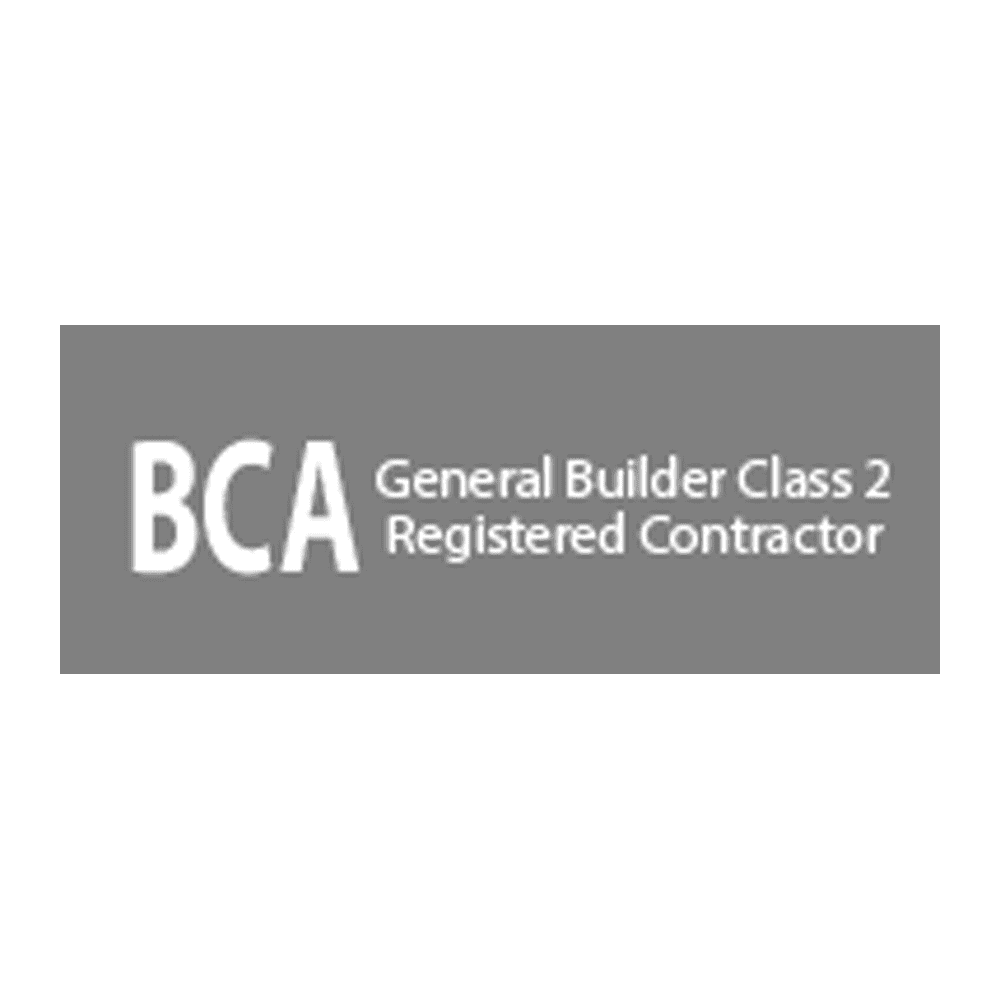
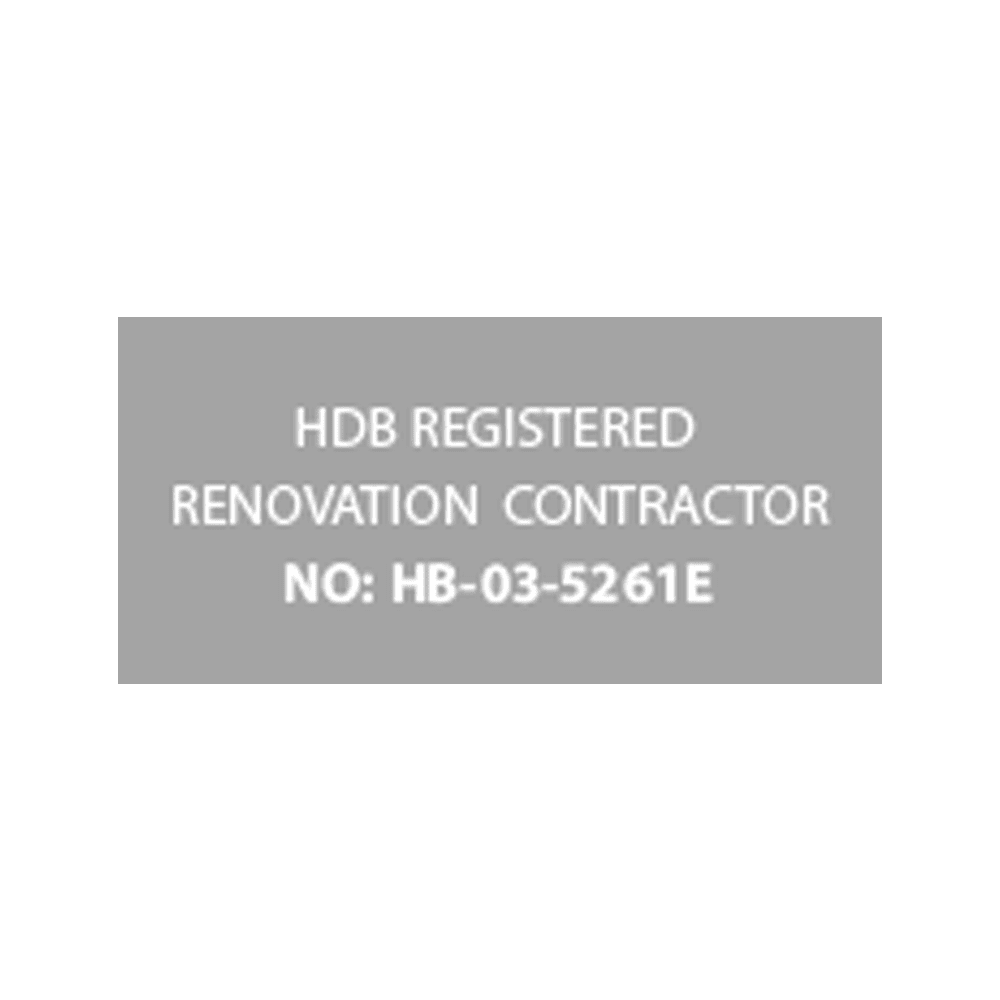






Facebook
Twitter
LinkedIn


